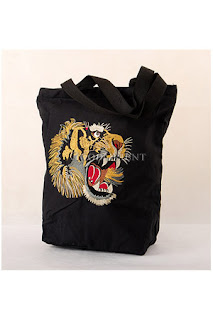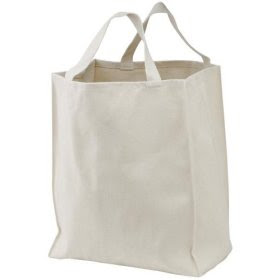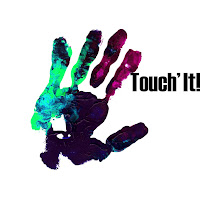For our final product idea of our Canvas screen print there has been much research into the screen printing process. Below is a really interesting page found on the Etsy.com shop where 'saguril' has posted something which inspired him, development into the process and other references that are also very interesting. The image is also from this website;
Etsy Shop Screen Print
Below is also some information found on wikipedia.com about different materials used in Screen Printing;
Screen printing materials
• Plastisol - the most common ink used in commercial garment decoration. Good colour opacity onto dark garments and clear graphic detail with, as the name suggests, a more plasticized texture. This print can be made softer with special additives or heavier by adding extra layers of ink. Plastisol inks require heat (approx. 150°C (300°F) for many inks) to cure the print.
• Water-Based inks-these penetrate the fabric more than the plastisol inks and create a much softer feel. Ideal for printing darker inks onto lighter coloured garments. Also useful for larger area prints where texture is important. Some inks require heat or an added catalyst to make the print permanent.
• PVC/ Phalate Free-relatively new breed of ink and printing with the benefits of plastisol but without the two main toxic components - soft feeling print.
• Discharge inks -used to print lighter colours onto dark background fabrics, they work by removing the dye in the garment – this means they leave a much softer texture. They are less graphic in nature than plastisol inks, and exact colours are difficult to control, but especially good for distressed prints and under basing on dark garments that are to be printed with additional layers of plastisol.
• Flocking -consists of a glue printed onto the fabric and then foil or flock (or other special effect) material is applied for a mirror finish or a velvet touch.
• Glitter/Shimmer -metallic flakes are suspended in the ink base to create this sparkle effect. Usually available in gold or silver but can be mixed to make most colours.
• Metallic -similar to glitter, but smaller particles suspended in the ink. A glue is printed onto the fabric then a minuscule fibers applied on it.
• Expanding ink (puff) -an additive to plastisol inks which raises the print off the garment, creating a 3D feel.
• Caviar beads -again a glue is printed in the shape of the design, to which small plastic beads are then applied – works well with solid block areas creating an interesting tactile surface.
• Four colour process or the CMYK color model -artwork is created and then separated into four colours (CMYK) which combine to create the full spectrum of colours needed for photographic prints. This means a large number of colours can be simulated using only 4 screens, reducing costs, time, and set-up. The inks are required to blend and are more translucent, meaning a compromise with vibrancy of colour.
• Gloss -a clear base laid over previously printed inks to create a shiny finish.
• Nylobond -a special ink additive for printing onto technical or waterproof fabrics.
• Mirrored silver -Another solvent based ink, but you can almost see your face in it.
• Suede Ink -Suede is a milky coloured additive that is added to plastisol. With suede additive you can make any colour of plastisol have a suede feel. It is actually a puff blowing agent that does not bubble as much as regular puff ink. The directions vary from manufacturer to manufacturer, but generally you can add up to 50% suede additive to your normal plastisol.





 Images from googleimages.com
Images from googleimages.com


 Image of Environmental Bumper Stickers from Google.com
Image of Environmental Bumper Stickers from Google.com





